Equestrian Surfaces – A Guide is a comprehensive handbook produced by the Swedish Equestrian Federation. It breaks down everything you need to know about horse arena footing. In the following 12 posts, we will cover each chapter. First up, the Introduction.
INTRODUCTION
Know-how is important in order to install a good riding arena surface. Today, findings from scientific research into equine surfaces can be combined with specialists’ practical experience to produce a good surface. But, there is no single recipe for a riding arena. Equestrian arena surfaces are a major investment for stable owners, riding clubs and private horse owners. With the growth of equestrian sport in recent decades, both in terms of financial turnover and number of participants, demands on and expectations on equestrian surfaces have increased.
Surfaces are expected to promote both performance and soundness. Scientific testing of equine surfaces was first developed within Thoroughbred and Standardbred racing, where for decades scientists have studied associations between orthopaedic injury and surface properties. The background of biomechanical research into equine surfaces is described in more detail in the foreword. Thanks to these studies the information in this guide is supported by scientific data and on-going research.
The guide also utilizes advice from international arena consultants and equestrian professionals with years of practical experience of building and maintaining surfaces. The guide is aimed at those who want to build or renovate a riding arena, or those who require more knowledge about riding surfaces. Furthermore the guide provides advice on building and maintaining an indoor or outdoor arena. Many equestrians discuss and want an answer to what is ”the best” riding surface. As this guide shows, it is wiser to talk about a ‘surface that is most suited to your and your horse’s needs’, and that how well it works will also depend on how you treat it.
The Basics
Firstly, it is important to understand the difference between surface materials and surface properties. The properties of any surface material can differ from day to day, depending on use, maintenance and environmental factors. The current properties of the surface and the immediate decisions the rider makes for that training session directly affect the horse. Different materials and construction principles can be used to provide surfaces with the same properties, but day-to-day maintenance strategies will also play a role in the properties of the surface. Several factors should be used to decide on the type of construction and the materials you select for your arena. These include the needs of the yard/stable, your current financial resources for the initial construction and your long-term resources for maintenance, the local climate and soil type.
The basic ingredient in arena surfaces are usually sand, although in some countries other material, such as rubber or woodchips, is the only top layer ingredient. When using sand, the type of sand that is readily available varies greatly between and even within countries, depending on source. Consequently, you will not find one single “prescription” or “recipe”. This guide instead gives suggestions and guidelines for different solutions. The chapter on the building process provides advice on choosing a building contractor or “Do it yourself”.
Another important point when installing a riding surface is to keep a broader perspective in relation to environmental considerations and the importance of continuous, appropriate maintenance. Moisture content, for example, is a key environmental factor that will affect surface properties. An electronic version of this document is available and will be updated annually to incorporate new scientific findings.
GUIDE TAKE HOME MESSAGE
– Similar surface properties can be obtained with different material.
– It is the properties of a surface rather than the material it is composed of that affect the horse.
– The properties of the same arena will change based on wear (use), maintenance and environmental factors.
– The risk of injury on a surface is to a large extent determined by how it is used. This means that riding intensity, speed, duration and frequency as well as the type of work you do on a surface are as important as the properties.
– Variation of surface use and a gradual introduction to different surfaces should be an important factor in a horse’s training plan.
– As a private individual customer it is difficult to get sufficient data on sand for riding arenas. A sieve analysis of the sand is a start but is not enough. Obtain help and advice from an appropriate expert, or alternatively get an analysis of the sand in an arena you know works well.
– A riding surface is only as good as the maintenance program.
– Water (moisture) is one of the most important factors for influencing properties of a surface.
You can read the next chapter on Training for Soundness and Performance here or read the entire Guide here. And, if you have any questions about your arena footing needs, please contact us.
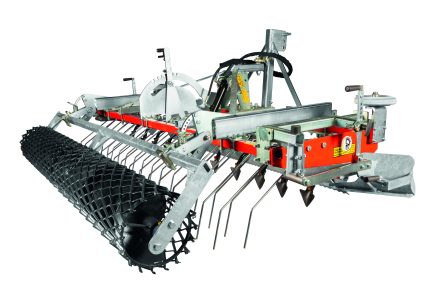
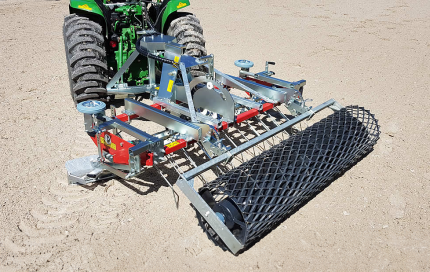
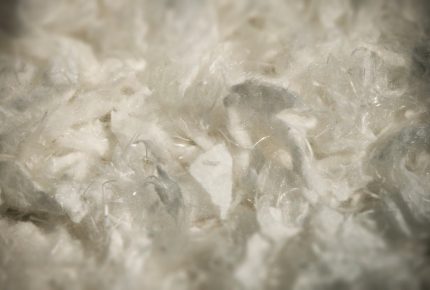
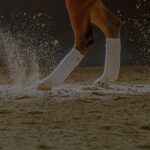 Geotextile Arena Footing
Geotextile Arena Footing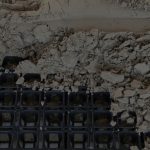 Ground Mats and Grids
Ground Mats and Grids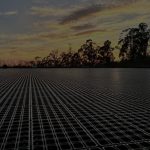 Subsurface Irrigation
Subsurface Irrigation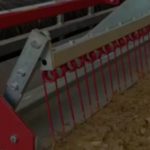 Arena Drags & Groomers
Arena Drags & Groomers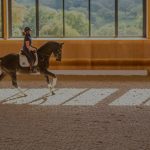 Mirrors and Kickwall
Mirrors and Kickwall Horse Wellness
Horse Wellness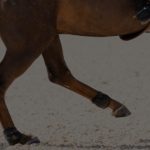 Dust Control
Dust Control